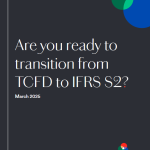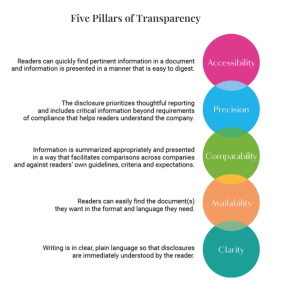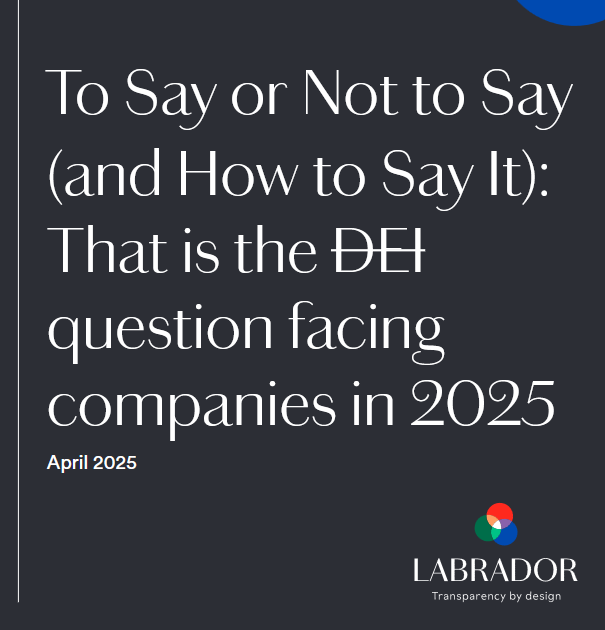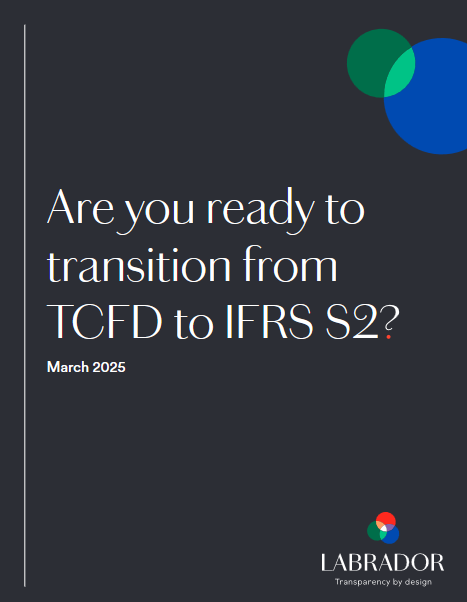We know that most institutional investors use algorithms to help them make investment decisions. Not so much for making voting decisions. Given the incredibly fast evolution of AI, it might not be long before investors heavily rely on AI to make both these type of decisions. At least as a primary screen. We already see AI agents sifting through resumes to help select candidates for open jobs. And other examples of this type of thing.
So when it comes to writing corporate disclosure, how should we change our writing style if our reading audience mostly consists of AI agents?
AI agents process information differently from humans, so your writing should bear these key considerations in mind – many of which comport with the transparency mission:
- Precision and Clarity
- Use extremely clear, unambiguous language
- Avoid metaphors, idioms, or cultural references that might be misinterpreted
- Define technical terms explicitly
- Use consistent terminology throughout the document
- Minimize contextual or implied meanings
- Structured Information
- Organize content in a highly logical, hierarchical manner
- Use clear headings and subheadings
- Employ structured data formats like XML, JSON, or well-formatted tables
- Break complex ideas into discrete, digestible components
- Use bullet points or numbered lists for sequential or categorical information
- Technical Specificity
- Include precise numerical data and measurements
- Provide context for statistical or quantitative information
- Reference authoritative sources or standard specifications
- Use technical notation and standard nomenclature
- Include metadata or context tags that help with information categorization
- Semantic Richness
- Use semantic markup (like XML tags) to provide additional context
- Include machine-readable metadata about the content
- Provide clear relationships between different pieces of information
- Use ontological references or standard taxonomies where possible
- Avoid Ambiguity
- Minimize homonyms and words with multiple meanings
- Use explicit referencing
- Provide clear definitions for potentially complex terms
- Use formal logic and precise language



























